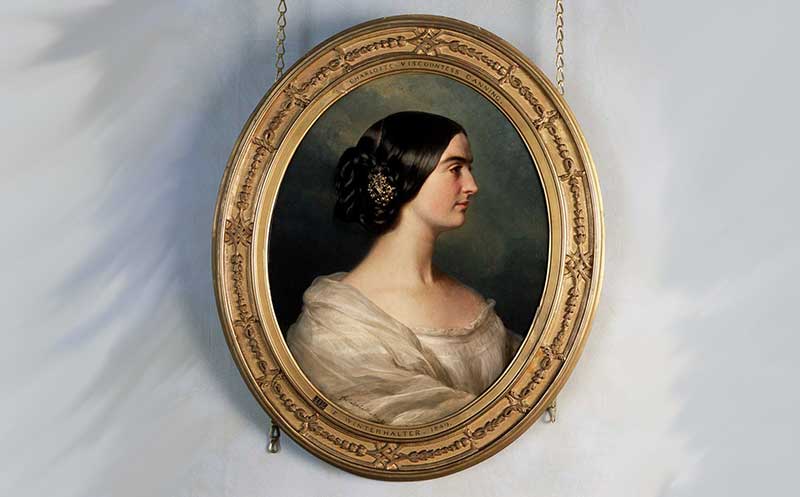
The amazing big and round clock that one can find on the wall just behind the busy counter of the iconic sweetmeat shop of Bhim Chandra Nag has a specialty of its own. It was the only clock of its kind made around 160 years ago by Cooke & Kelvy, London, with its numbers written in Bengali script. Located at Nirmal Chandra Dey Street in Bowbazar area and considered as one of the oldest sweet shop in the city, Bhim Chandra inherited the business, set up by his father Paran Chandra Nag in 1826.
The sweet shop of Bhim Chandra Nag was very much appreciated by all, especially for their delicious ‘Sandesh’, made of curdled milk. However, they became famous for inventing ‘Ledikeni’, the lightly fried reddish-brown sweet ball made of curdled milk and flour, soaked in sugar syrup, which was named after Lady Canning, wife of the then viceroy of India, Lord Canning.

There are various local sayings regarding the origin of the Ledikeni. According to the most popular story, the special sweetmeat was prepared by Bhim Chandra Nag for the first time in the honour of Lady Canning. In some versions of the tale, it was prepared to commemorate her first visit to India in 1856, while in other versions it was prepared on the occasion of her birthday. It is also said that, on being asked by Lady Canning to prepare a special candy to give a surprise treat to her guests on the occasion of her birthday in 1858, Bhim Chandra Nag took the challenge to prepare a new sweet dish and the end result was the birth of Ladekeni. As it gained popularity, the sweetmeat came to be known after the name of Lady Canning, which gradually got corrupted to Ledikeni.

In the meantime, the British silverware company, Cooke and Kelvey, founded by Thomas Cooke and Charles Kelvey, started their business in Calcutta in 1858, from their shop on Old Court House Street, named after the first civil court of the city, which was located in that area and demolished subsequently. Probably, influenced by the name and fame of a new candy, named after Lady Canning, Thomas Cooke, one of the founders of Cooke and Kelvey, paid a visit to the shop of Bhim Chandra Nag and was obviously satisfied with what he tasted.
However, he was surprised by the absence of a clock in such a reputed store and promised to gift them one. While Nag gladly accepted the proposal, he requested to print the numbers in the clock spelt in Bengali, as his employees were not aware of the English numbers or Roman numerals.

As Cooke took to the idea, a sample of the twelve numbers in Bengali numerals, denoting the hours, was sent to the factory of Cooke and Kelvey in London, where an employee of the watch company painted the Bengali numerals on a clock made in England, with Swiss machinery. After completion of the job, the clock was shipped to its destination in Calcutta.
Long after their death, the memory of the ‘sweet meeting’ between a Bengali merchant and a British clock merchant is still alive on the rear wall of the store of Bhim Chandra Nag.
